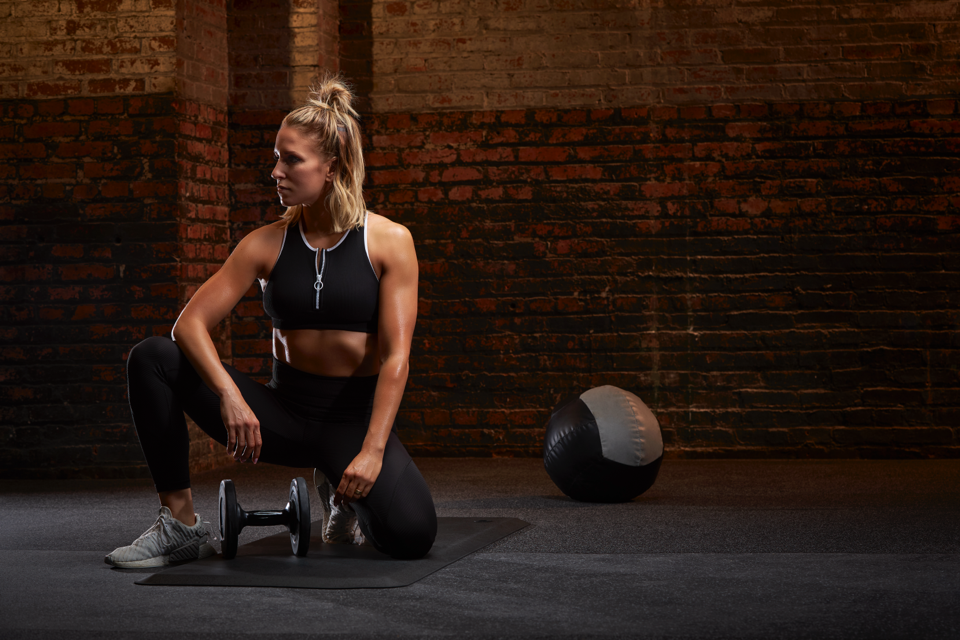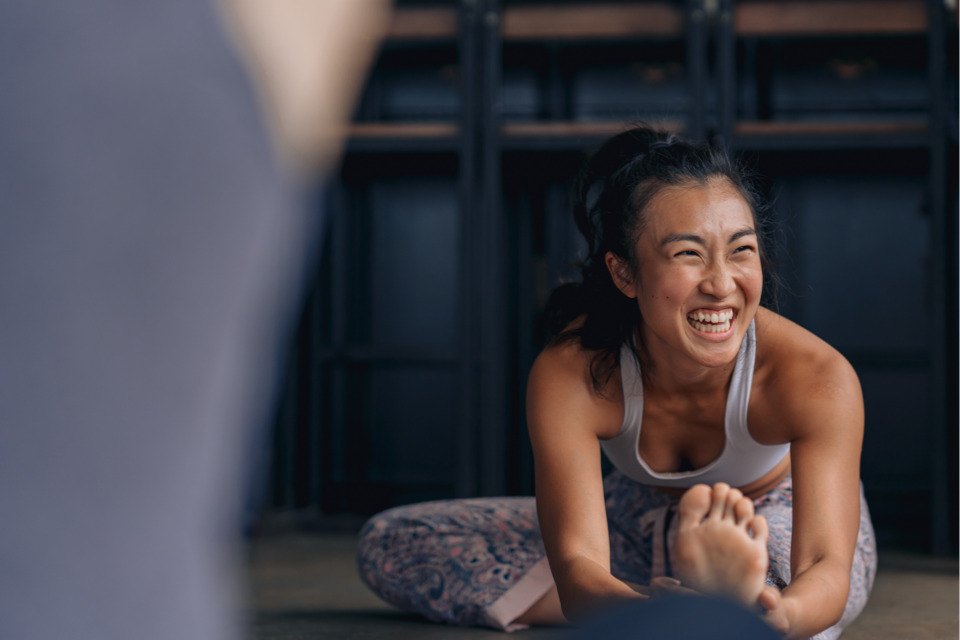Wellness. It’s a word we hear a lot of late, but what does it mean and how can you achieve it? It can get a little confusing, but it’s an important focus. We’re digging into it break down and explore the different areas of wellness in a series of blog articles to help bring some clarity around it.
In this article, we’ll cover physical health as a component of overall wellness.
Physical health is defined as the state of your physical body and how well it’s operating. To operate at an optimum level, your body needs to be well conditioned, which takes exercise.
The Department of Health and Human Services and the American Heart Association recommends at least 150 minutes of moderate-intensity aerobic activity each week. To provide an even greater health benefit and assist with weight loss or maintaining weight loss, at least 300 minutes a week is recommended.
The way you use these minutes is important. To achieve the best physical health, your exercise routine should incorporate these five modalities:
Cardio – a healthy heart is a great place to start!
Exercise is robustly associated with a decrease in the risk of developing cardiovascular disease. Physically active individuals typically have lower blood pressure, higher insulin sensitivity, and overall, a healthier heart.
VIDA member, Emilie Rottman is a great case in point, having decreased her cholesterol 30 points by participating in the 8 week Evolve VIDA Wellness program! The Evolve program focuses on overall wellness, encompassing an InBody Scan, group exercise classes, Personal Training and one-on-one nutritional counseling.
Build and Maintain Muscle
Want to increase lean muscle mass and burn calories more efficiently? Strength training is a key component.
Your body fat percentage will increase over time if you don’t do anything to replace the lean muscle you lose over time. Strength training can help you preserve and enhance your muscle mass at any age.
Strength training may also help you increase bone density, manage your metabolism, protect your joints from injury and contribute to better balance.
Train to be Functional!
The human body is made to move. Functional training means that exercises are based on movement patterns, versus isolated muscle actions. For example, a bicep curl works only the bicep (isolated muscle action). A Wall Ball – where one squats holding med ball, rises and throws med ball against the wall, then catches it and repeats – employs nearly all major muscle groups in one explosive functional training exercise.
Functional training helps your body to prepare for everyday activities, improves coordination and mobility, increases strength, burns fat and calories.
Flexibility
Better flexibility helps to decrease your risk of injury, help your joints move through their full range of motion, increases muscle blood flow and more. Try adding a yoga class or two into your weekly routine – you won’t be sorry!
Recovery
According to NASM, recovery from training is becoming recognized as one of the most important aspects of physical activity and overall wellness. It’s during the recovery phase that muscles grow.
There are so many wins that come with being physically fit, including:
- Better sleep, including improvements in insomnia and obstructive sleep apnea
- Improved cognition, including memory, attention, and processing speed
- Fewer symptoms of depression and anxiety
- Better quality of life and sense of overall well-being








